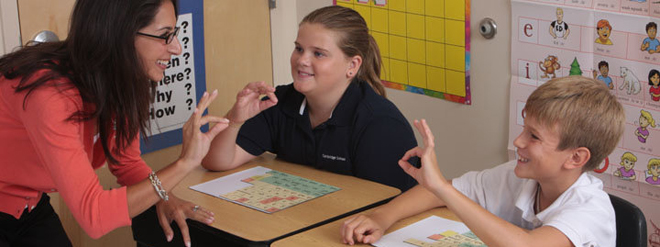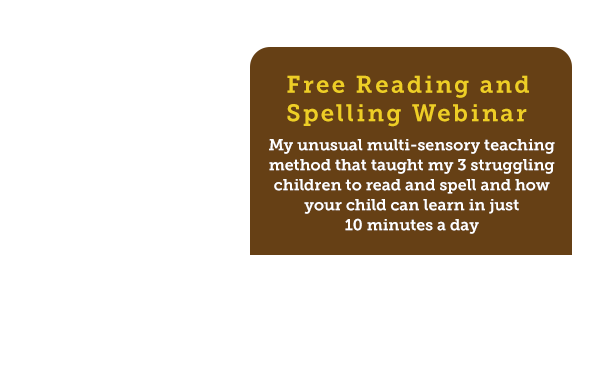Dyslexia and School
Getting to know a student with a learning disability
A teacher is often told they have child with a learning disability in their class, but not what this means in any detail for the child or for the teacher. It is important that teachers have a complete picture of every student they teach, particularly those who have learning challenges.
 Ideally parents should provide this information, as they generally know their children best, but parents are not always forthcoming with this information for a variety of reasons. This often leaves the teacher to do the research.
Ideally parents should provide this information, as they generally know their children best, but parents are not always forthcoming with this information for a variety of reasons. This often leaves the teacher to do the research.
So how can teachers gain an understanding of how to support a student with a learning disability?
1. A parent teacher interview at the beginning of the school year can be a great way to gain an immediate insight into a child with a learning disability.
- Ask for copies of any diagnostic reports available that you may read. Some practitioners provide report summaries and this can be even better for the time poor teacher.
- Ask parents for the contact details of any specialist who may be able to help you with information you require. A quick phone call can reveal instant relevant information to give you insight.
- Determine an appropriate communications method between parent and teacher to allow for ongoing updates.
 Ask the learning support teacher to sit in on the interview to offer further insight and to offer a list of learning support resources that a school may already have.
Ask the learning support teacher to sit in on the interview to offer further insight and to offer a list of learning support resources that a school may already have.- Determine any fears worries and concern that parents may have regarding their child. Knowing these up front can make you aware of them and where possible allow you to alleviate them straight away. This can also help to prevent any future altercations that may arise in the future.
Be aware parents of children with learning disabilities are often worried and anxious about their child’s stress levels.
Formal schooling can create many challenges for families and this worry can very quickly turn to anger, which may be directed at educators when lines of communication break down. An ongoing team like approach works best for all parties concerned.
2. Send home a student survey for parents to fill out. Find out how children prefer to learn, where their strengths, weaknesses and preferences lie and what their fears worries and concern are.
3. Look back through school records to assess the history of a child with a learning disability.
4. Take the time to speak to past teachers even those from previous schools to gain a better understanding of a student. Again a quick phone call is a great way to quickly gain information.
5. Speak to the child ask them questions. Make sure you tell them you are going to support them to the best of your ability, but they must let you know how they are going with their schoolwork and in what ways you can assist them further.
6. Start the school year with some open-ended class activities. Watch and observe all of your students. Look at how they work, how they communicate, what they are doing, who they talk to, how they conduct themselves and the level of work they produce. Use this information to structure, design and develop future class activities to bring out the best in your students as the year progresses.

All children who struggle at school need a champion. A special standout person, who believes in them, understands them, sees their intelligence and will advocate on their behalf to help them to fulfil their potential.
It is not unusual for a successful adult with dyslexia to identify a champion from their past and this is invariably a teacher from their school days.
Be aware that teachers have the ability to change the life of a child who is struggling at school for the better. That’s the magic of being an exceptional teacher who understands dyslexia and recognises and celebrates different learning styles.



















Hi with having dyslexia and working in a primary school .I really want to help children with learning disability .